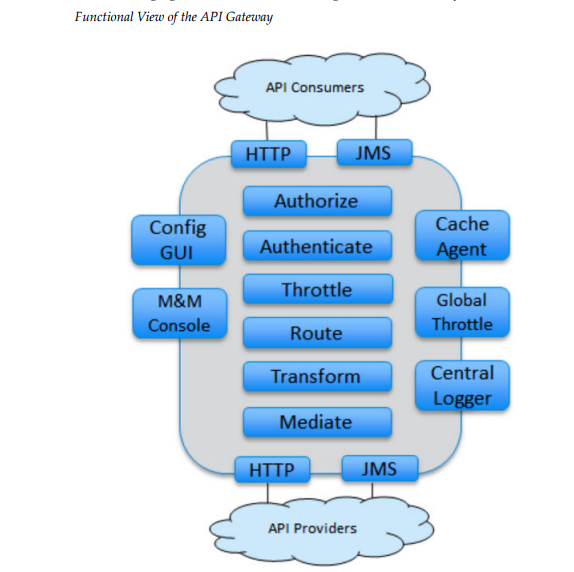Introduction to TIBCO API Exchange
TIBCO API exchange Gateway formally known as ASG is used by enterprises to create host and manage APIS. It provides complete lifecycle management of any API. With the advent of MICRO SERVICES architecture, the API gateway usage becomes exponentially grown in past couple of years.
Features of API Gateway:
- API Security
- SSL
- API keys
- Authentication
- API Control and governance
- API Quota management
- Throttling
- Load balancing
- API Monitoring
- Real-time API monitoring
- Alert based on errors, exceptions etc
- API Administration
- API Gateway Administrators will deal with on a day to day basis, managing all aspects of the daily API operations like Transaction management
- API Transformation
- REST-to-SOAP, XML-to-JSON, and HTTP-to-JMS
- API Monetization
- Billing of API usage
TIBCO API EXCHANGE:
TIBCO API Exchange Gateway determines whose requests are handles (authorization, authentication, when requests are handled (throttling), where requests are handled (routing) and how requests are handled (transformation, mediation).
Tibco API exchange has following main components
- Core Engine
- Config UI
- Cache Manager
- Throttle Manager
- Central Logger
Core Engine: The Core Engine is a high-performance, event-based, service-request routing engine that receives requests as events and uses the rules engine to determine where requests are handled
Config UI: A web-based Interface used for configuring the API and their behaviour
Cache Manager: The Cache Agent stores the cache data for all objects of the cluster.
Throttle Manager: This component maintains the state of all global throttles in both Facades (Facade Throttles) and Routers (Service Throttles).
Central Logger: The Central Logger provides centralized logging of messages in a database
In my next post, I will explain how to configure API using Config UI

